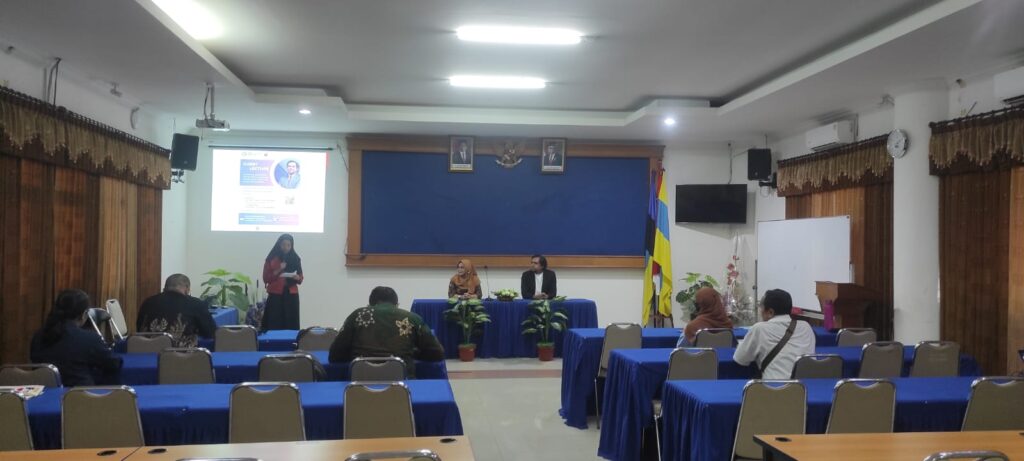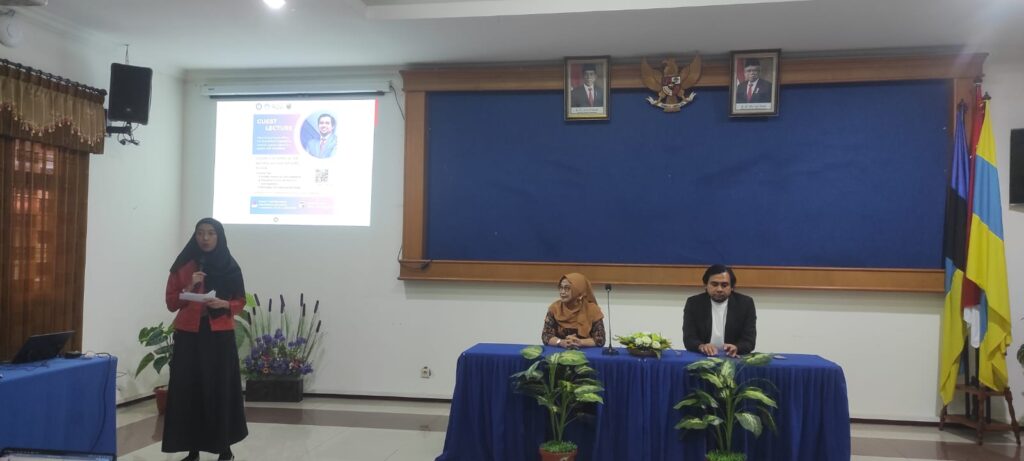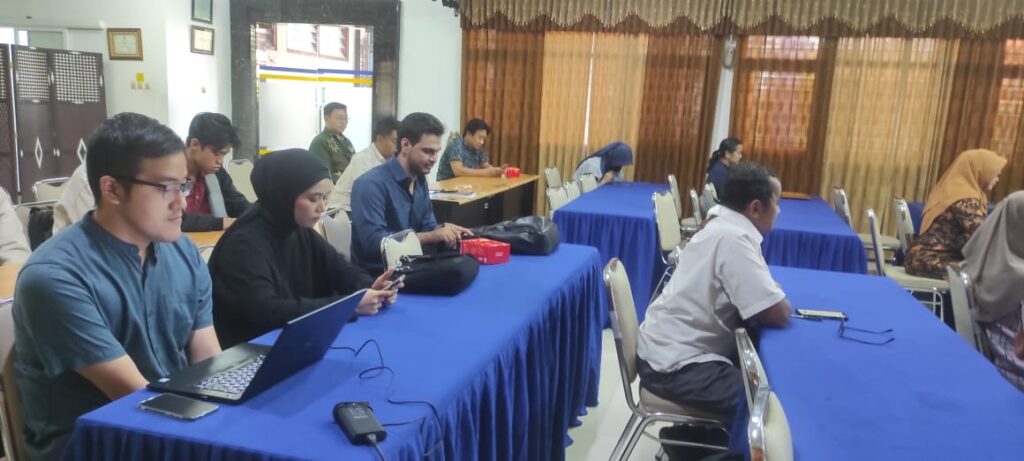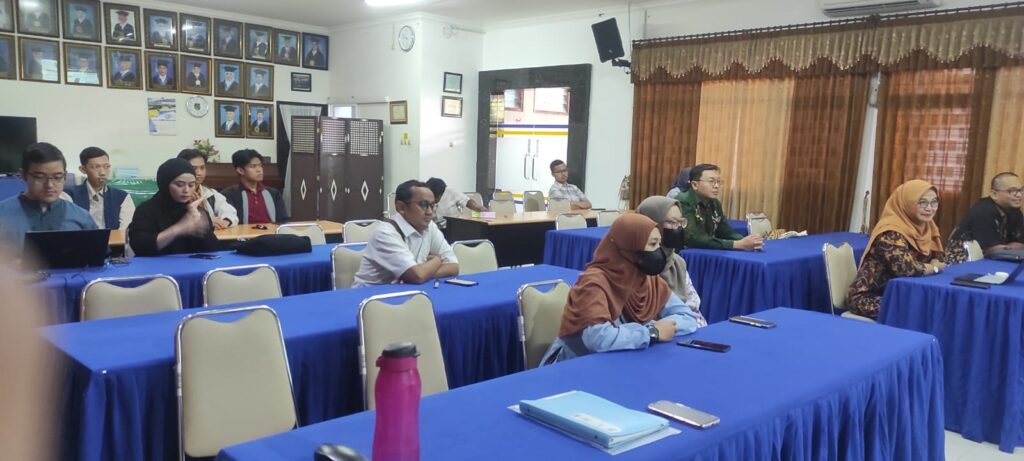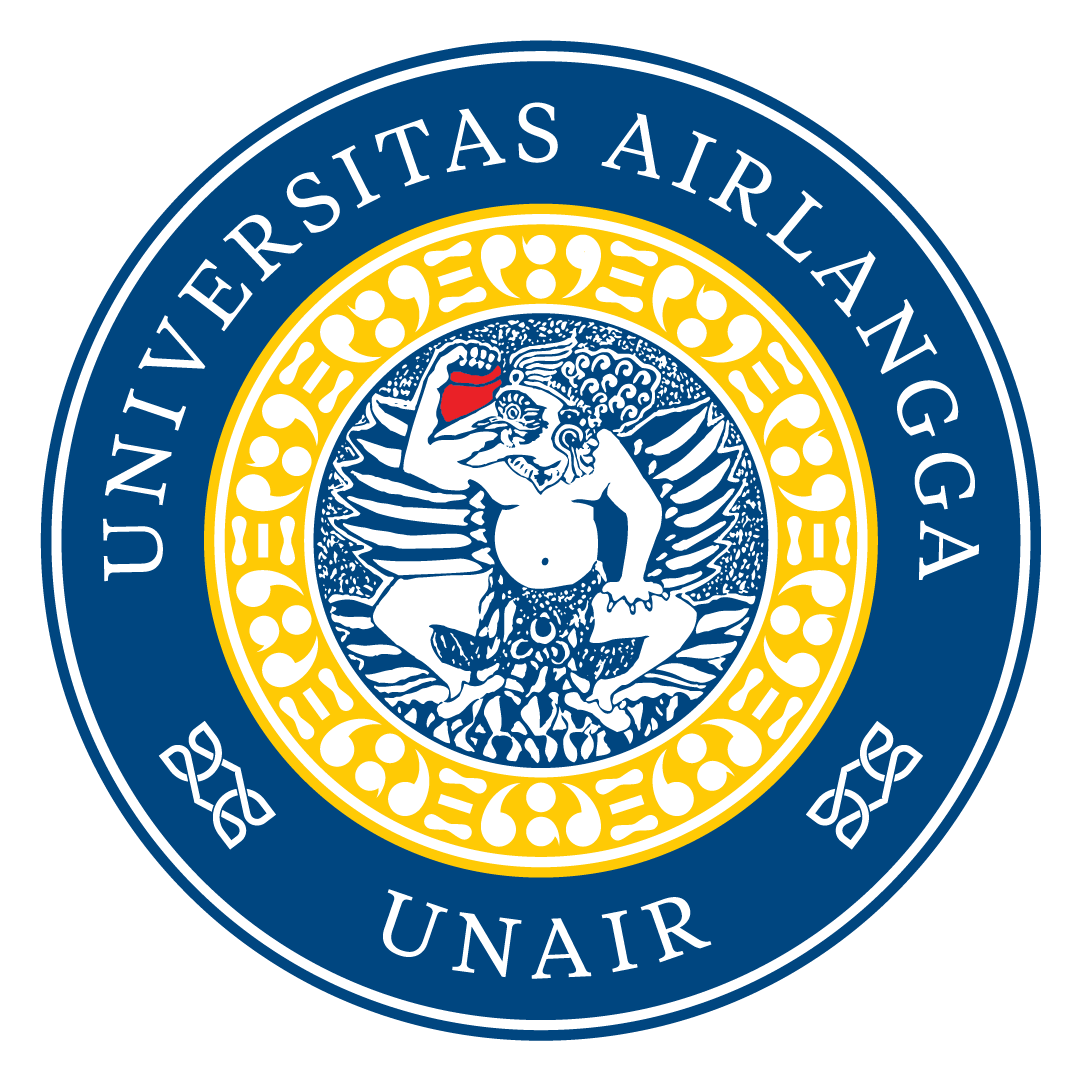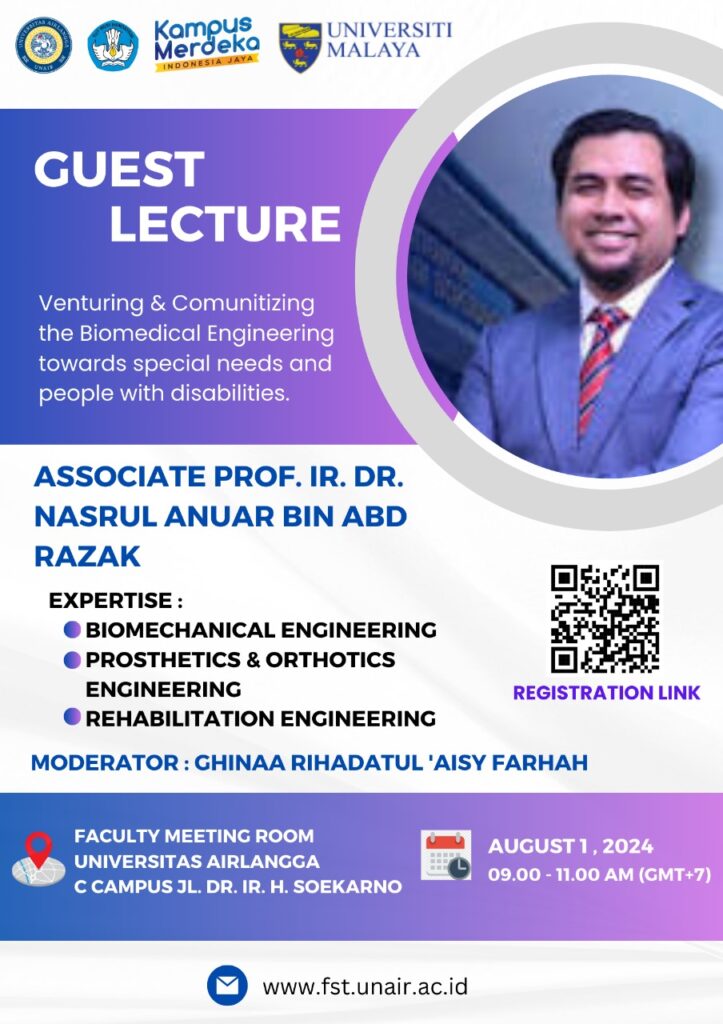
“Venturing And Communitizing The Biomedical Engineering Towards Special Needs and People With Dissabilities”
One of Dr. Nasrul’s research results is the creation of prosthetic hands/feet that “mimic human hands” and are adapted to the daily activities of users. This research was prompted by concerns and problems in the field, where most Malaysians like to consume foods that are too sweet (because most of the local cuisine is indeed too sweet), and as a result of excessive sugar consumption, it is not uncommon for people to have to have limbs amputated. Driven by this concern, Dr. Nasrul combined his expertise in biomechanics, biomedical engineering, and instrumentation for prosthetics and orthotics. However, there were still challenges to be faced, one of which was the lack of adjustment of the prosthetic to the remaining living organ. For example, when making a prosthetic hand to replace the forearm, where the remaining original organ is the humerus (upper arm). When attaching the prosthetic hand to the upper arm, the weakness lies in the fact that the lower arm cannot yet fit the arm properly because everyone’s measurements are different. Additionally, during flexion and extension movements, the arm muscles contract and relax, making it difficult to adjust the size of the lower arm of the prosthetic hand to fit the remaining living organ, which is the upper arm. This needs to be considered because the purpose of creating prosthetic organs, especially upper and lower extremities, is to improve the quality of life of users and help replace the function of amputated organs so that users can continue to carry out daily activities with confidence and ease.
Another challenge is in terms of materials, the weight of the prosthetic hand/foot, and the alignment or suitability of movement on the track/line without veering to the right or left. The material of the prosthetic hand needs to be considered because it will affect its movement or flexibility and is related to the weight of the material. Prosthetics should not make the user’s activities more difficult and cause injury. Basically, the weight of prosthetics must be adjusted to match that of the original human organ, neither less nor more. Industry demand is now increasingly pushing for the creation of prosthetic hands and feet. This presents an opportunity for researchers, students, and universities to develop prosthetic and orthotic designs that can be further developed into marketable products through collaboration with industry or hospitals.
The stages in making prosthetic hands/feet start from designing the device, selecting materials, measuring the size that suits the user, making the prosthetics, pre-post prosthetics (before being attached to the user or patient) or analogized as a device function test, and finally, if the function test is successful and fit for use, it can be applied to the user/patient. This instrument can be combined with artificial intelligence to control commands from the prosthetic hand/foot, using EMG signals, voice recognition, or training the shoulder to move the prosthetic hand by combining the Ottobock hook and Hosmer hook.
In addition to helping people with special needs by providing them with useful instruments such as prosthetic legs/hands, wheelchairs, etc., we also need to pay attention to their rehabilitation, such as the community for them. By combining AI with prosthetic rehabilitation, it is possible to create active video games between wheelchair users and normal humans, comparing which of the two is stronger or more active in carrying out the video game mission. This is also the result of Dr. Nasrul’s research. The concerns that arise in the field can be implemented into ideas or concepts to help others with knowledge and expertise. We can take advantage of the continuous advancement of technology and science. For example, in the past, making prosthetics using 3D printing took up to two weeks, but now it can be done in just two hours using 3D scanning to shape or print prosthetic legs/arms.
